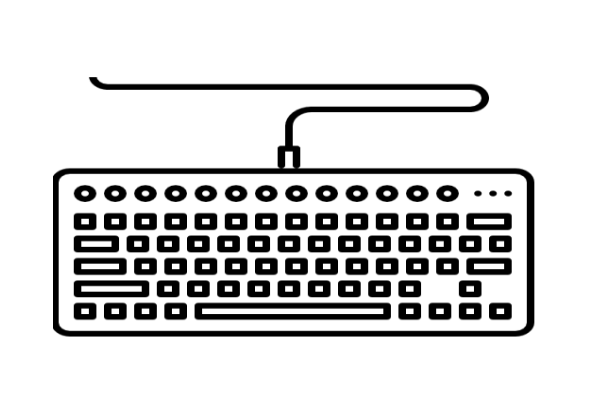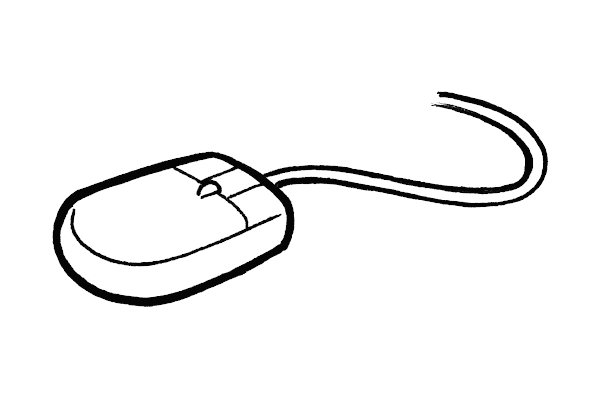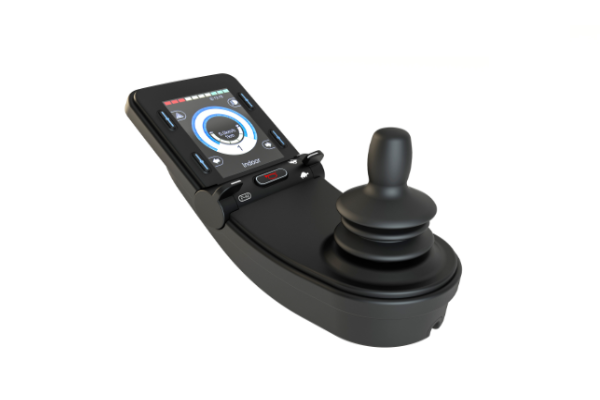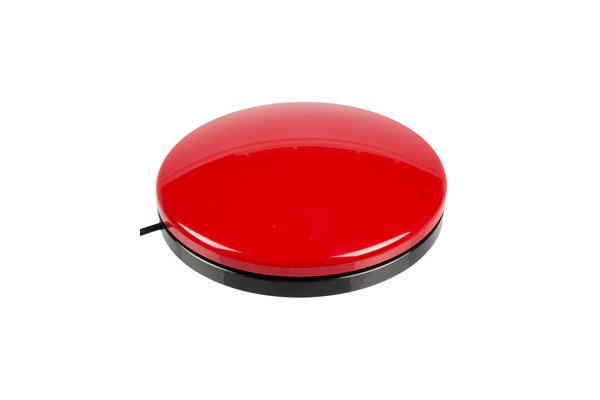Voice Control
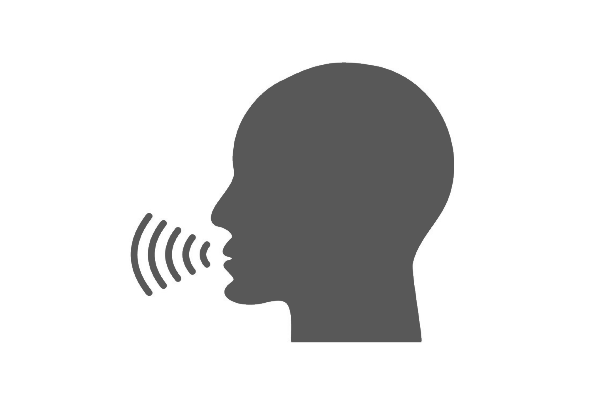
QuickTake
Own a computer or mobile device? There is a good chance it offers hands-free access to typing, clicking, swiping, tapping and navigation. In most cases the capability is built into the device however there may be third party products available as well.
How it works
Voice control generally uses the microphone built into the device you are using. The better the mic, the better the results in most cases. High quality external microphones with features like noise canceling can also be purchased although they are generally used with computers and not mobile devices (although they can be).
On device versus cloud based speech recognition? In most cases the recognition happens in the cloud on mobile devices. This is important because no internet equals no voice control. As processing power improves in newer phones more features of voice control are happening on the device. This is good for privacy.
Features
Voice control systems offer a variety of features to enable hands-free use; some of which include:
- the ability to adapt to a person's voice, vocabulary and writing style
- commands for editing and formatting text
- "Say what you see" - click on buttons or icons by saying their names (e.g. click or tap send)
- commands for common mouse or touch gestures gestures (e.g. swipe right or double click, scrolling)
- "Show numbers" - places a number on any clickable item on the screen, click by saying the number
- grid capability for clicking on specific areas of the screen
- custom commands and macros for automating multistep tasks
Taking the time to learn the commands for your device is important. Don't skip this step.

Options for Windows Computers
Use Microsoft Windows? You have options.
Option 1: Windows has its own speech recognition tool cleverly called "Speech Recognition." Check out our Windows Accessibility Features page to learn how to turn it on. They also offer a service called Dictation which is not hands-free. You can learn more about Dictation here .
Option 2: Dragon Naturally Speaking (or just "Dragon" to those in the know) - is a third party application made by Nuance . Dragon is generally considered the gold standard in terms of features and performance.
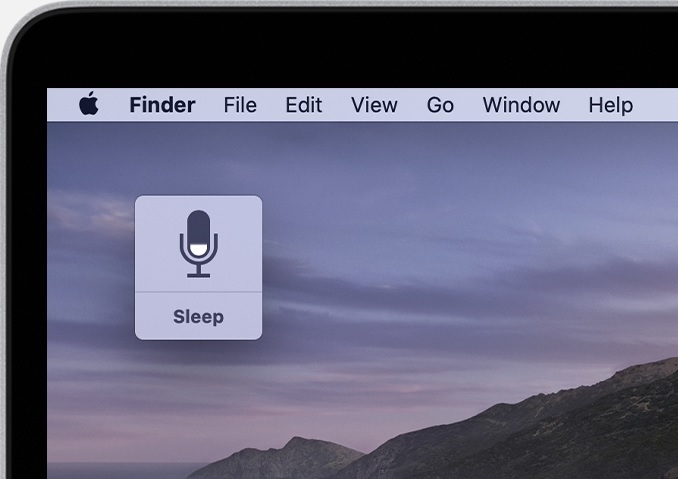
Use a Mac?
Apple released Voice Control for its desktop and laptop computers in 2019. You can learn how to turn it on here.
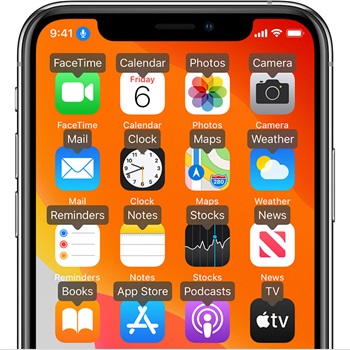
For iPhones and iPads
Voice control can be found in the accessibility settings on iOS devices.
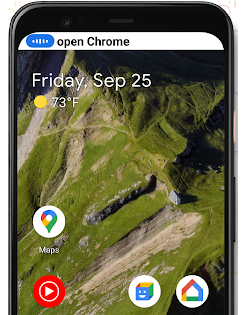
Android Calls Theirs "Voice Access"
Voice access can be found in the accessibility settings on Android devices.
